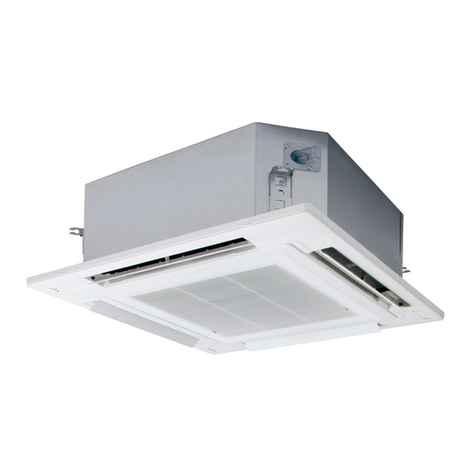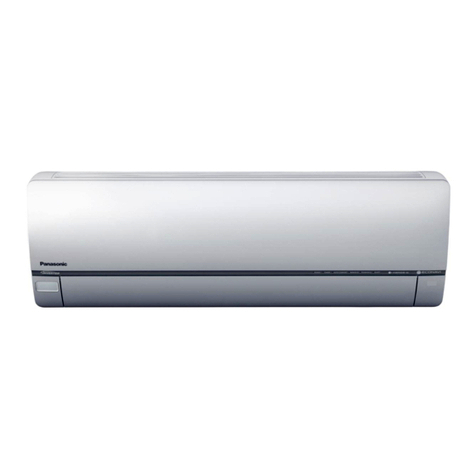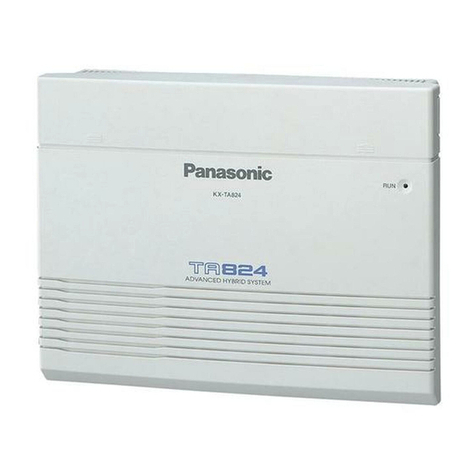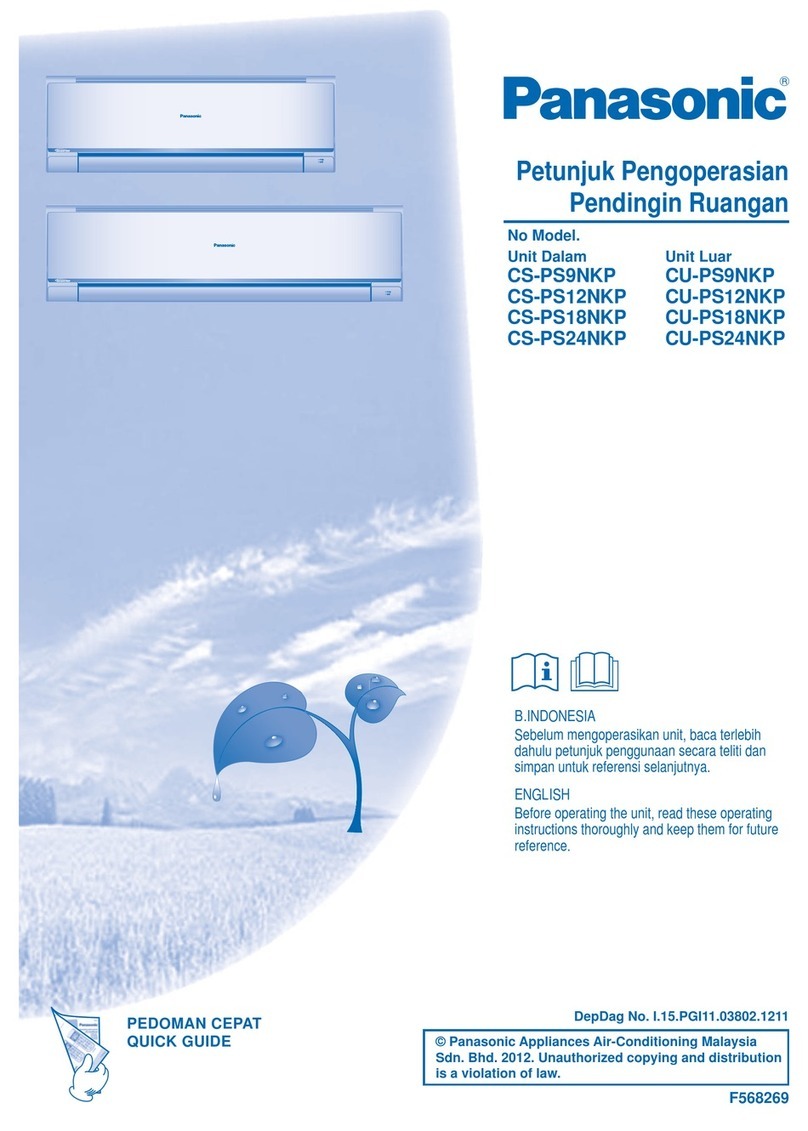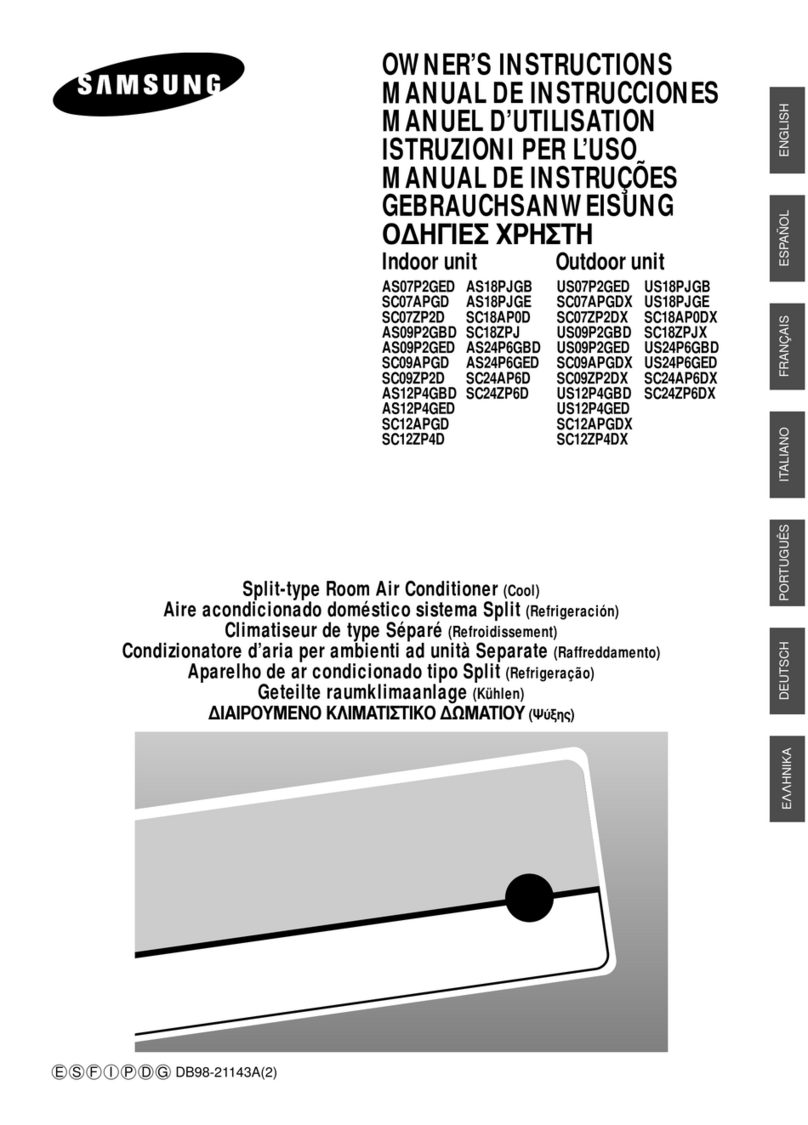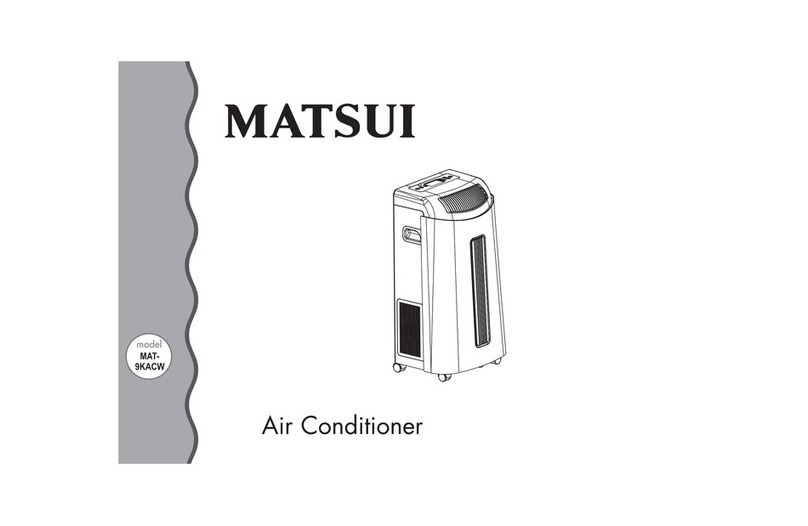Panasonic S-36PT2E5B User manual




















This manual suits for next models
7
Table of contents
Languages:
Other Panasonic Air Conditioner manuals

Panasonic
Panasonic CS-KS30NKU Operating manual
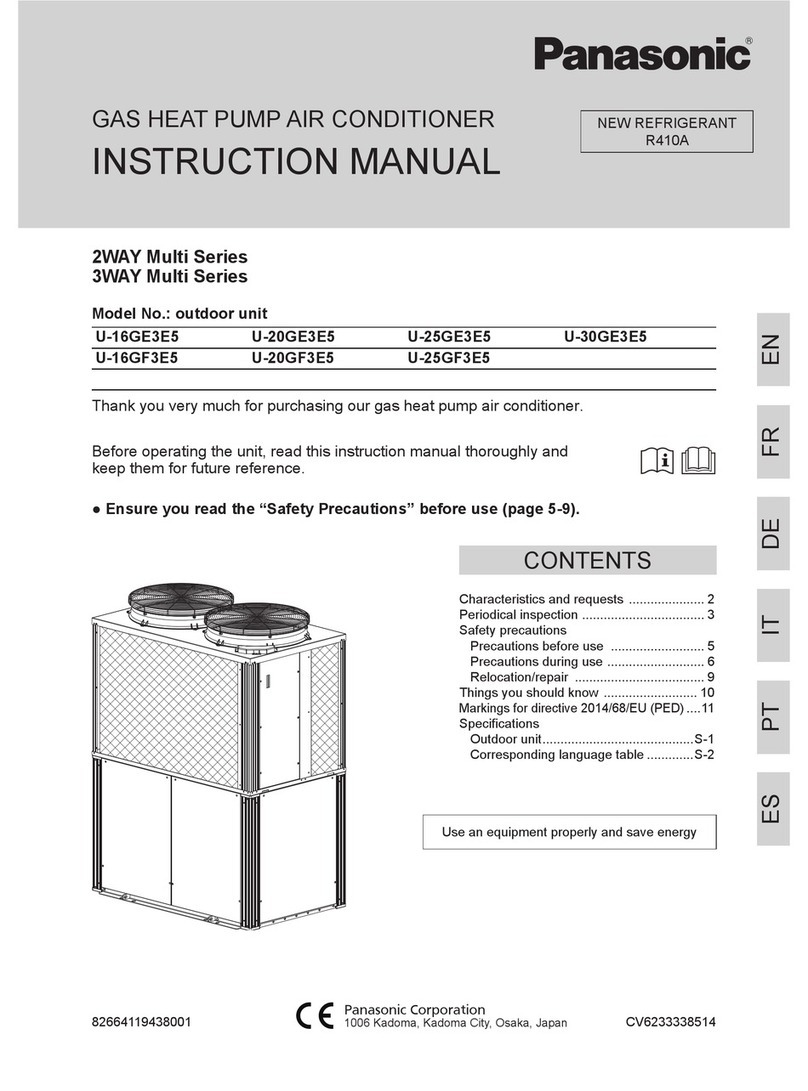
Panasonic
Panasonic 2WAY Multi Series User manual
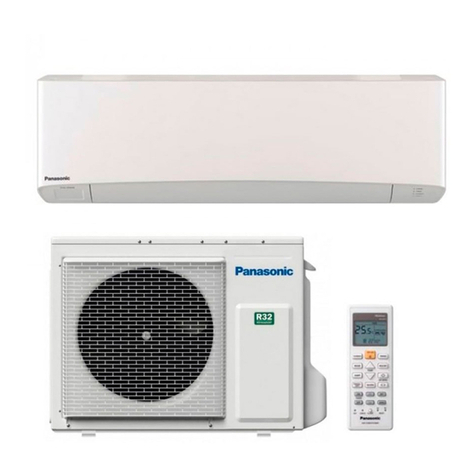
Panasonic
Panasonic KIT-Z50-VKE User manual
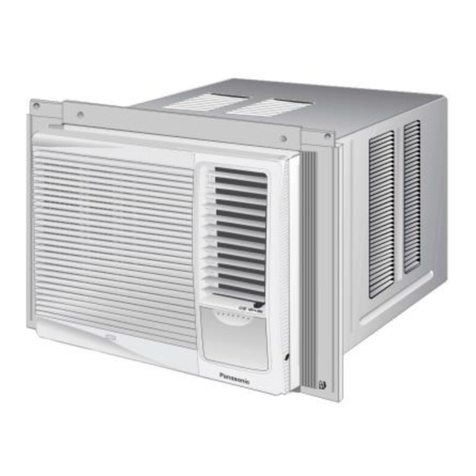
Panasonic
Panasonic CW-C80YU User manual
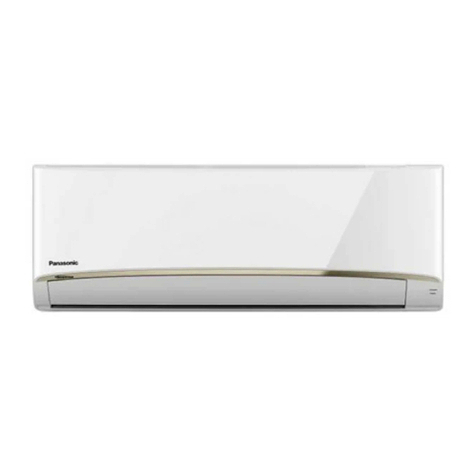
Panasonic
Panasonic CS-YS9UKA User manual
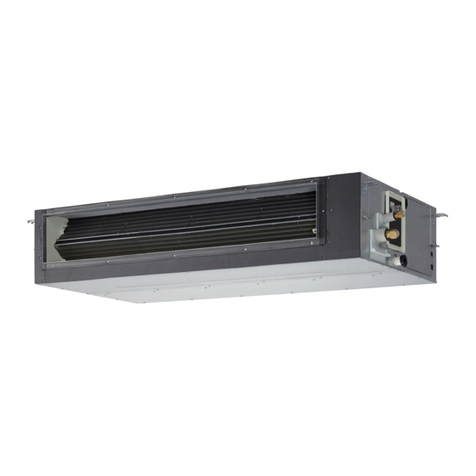
Panasonic
Panasonic S-26PF2U6 User manual
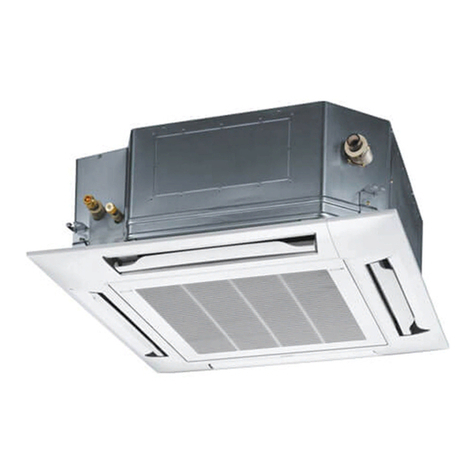
Panasonic
Panasonic CU-J24DBE5 User manual
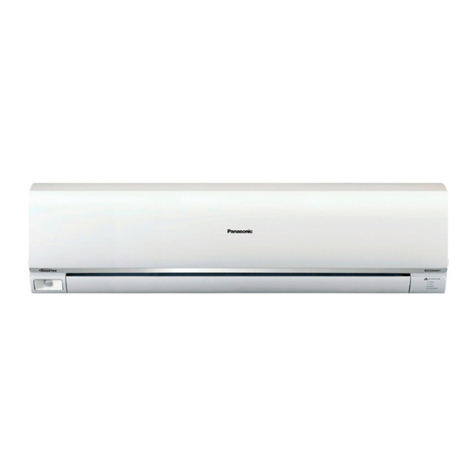
Panasonic
Panasonic CS-RE18PKV-7 User manual
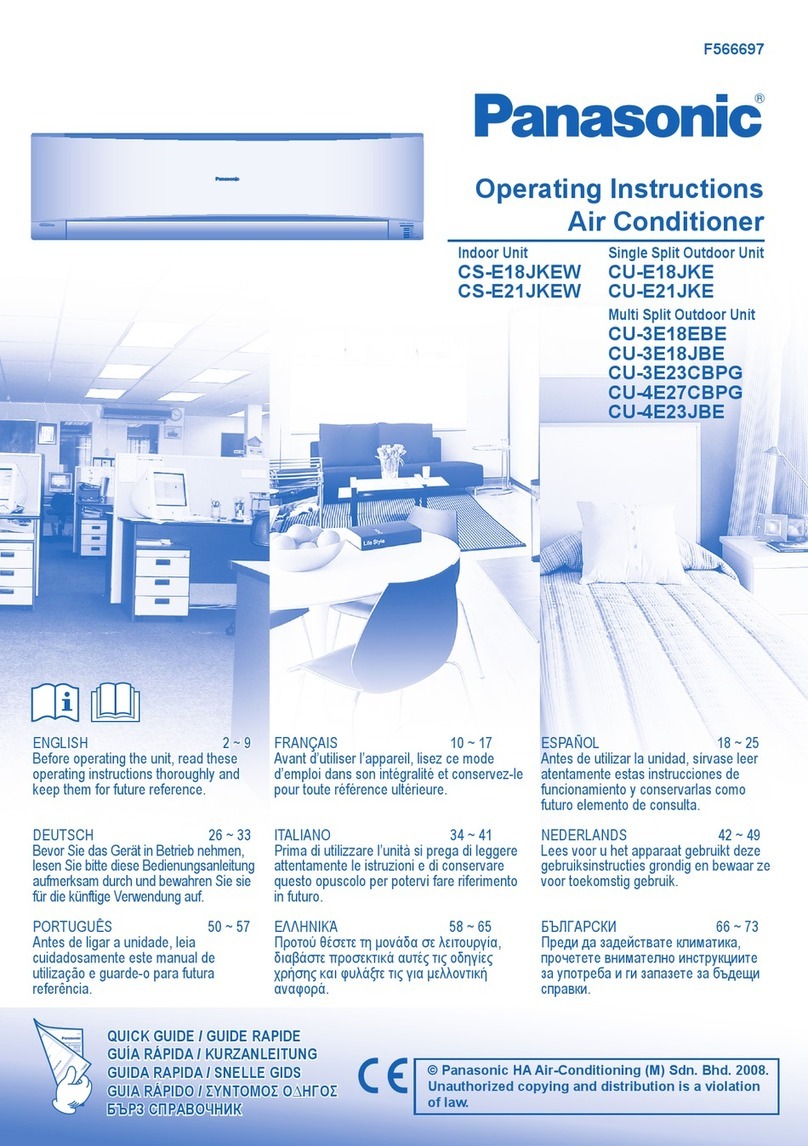
Panasonic
Panasonic CS-E18JKEW User manual
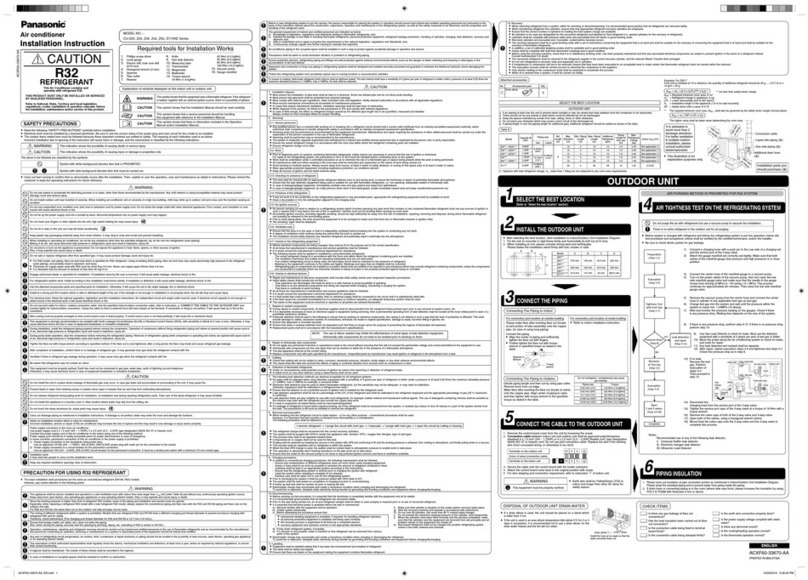
Panasonic
Panasonic CU-Z20VKE User manual

Panasonic
Panasonic CS-BE25TKE User manual
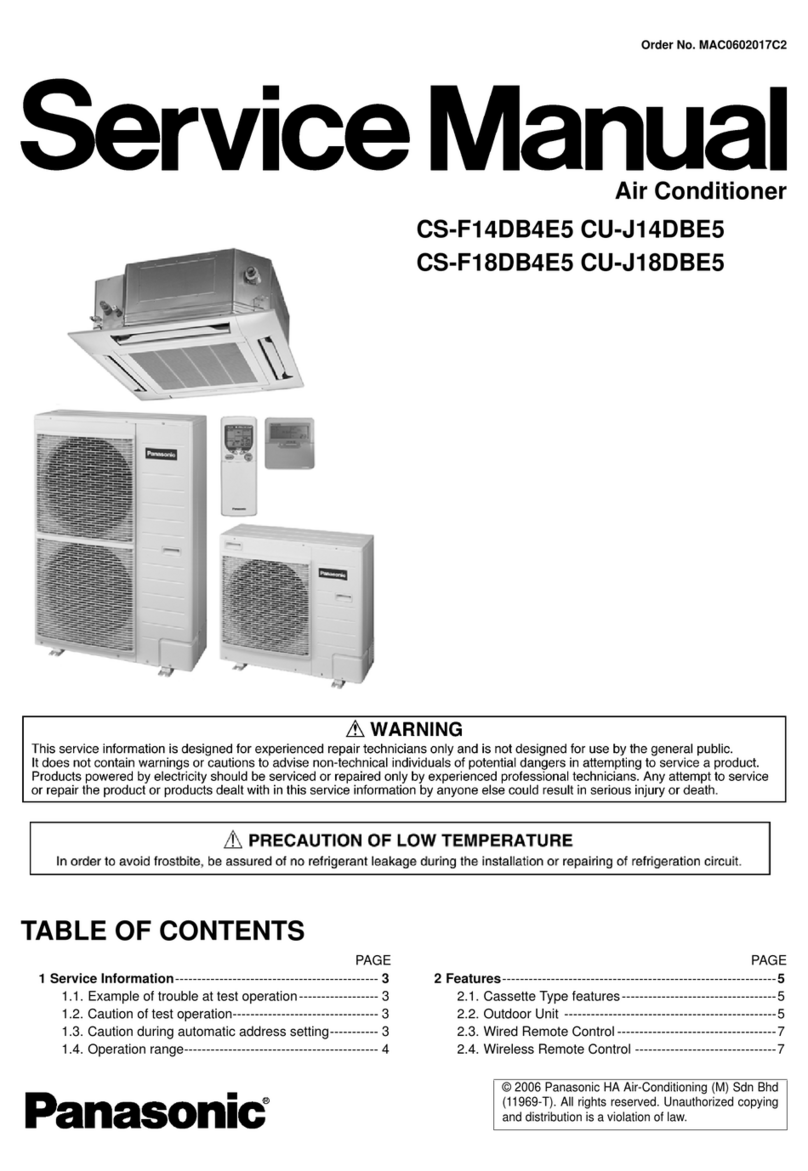
Panasonic
Panasonic CS-F14DB4E5 User manual
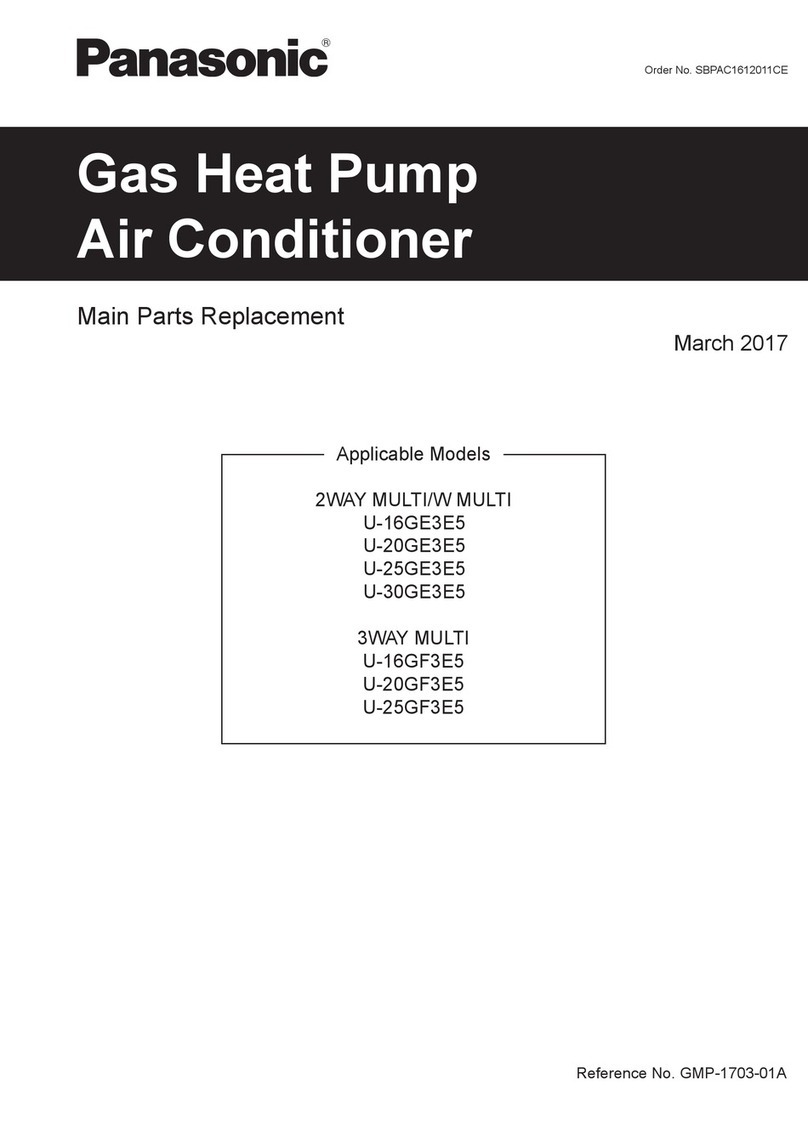
Panasonic
Panasonic U-16GE3E5 Use and care manual

Panasonic
Panasonic CU-2E18SBU User manual
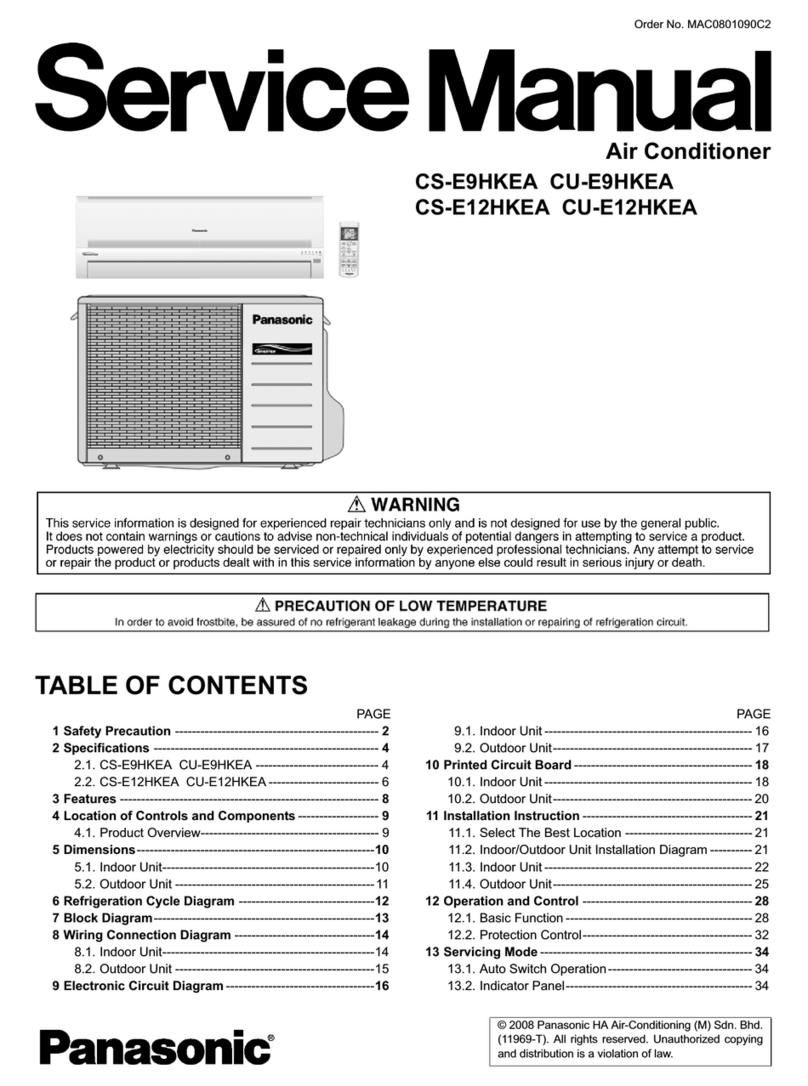
Panasonic
Panasonic CS-E9HKEA User manual

Panasonic
Panasonic CS-U25WKR User manual
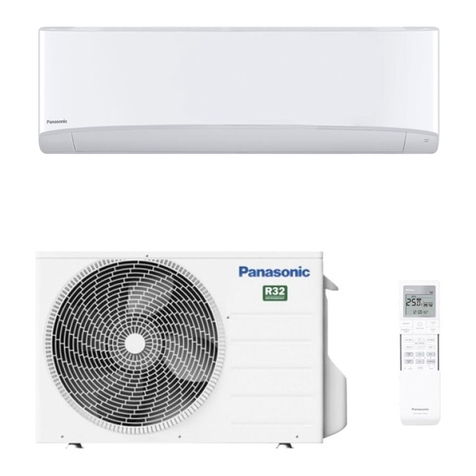
Panasonic
Panasonic CS-Z50XKEW User manual
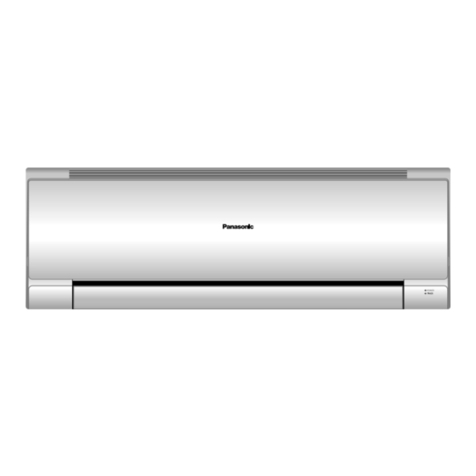
Panasonic
Panasonic CS-PC12PKP User manual
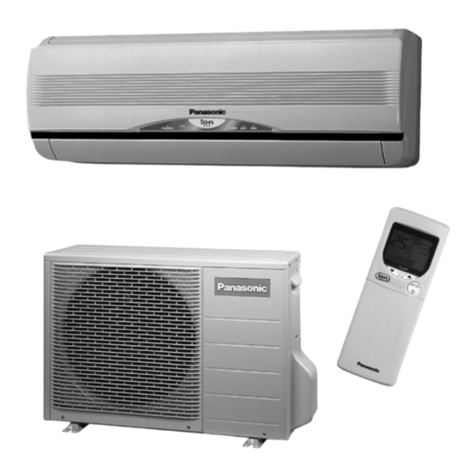
Panasonic
Panasonic CS-W7CKP User manual
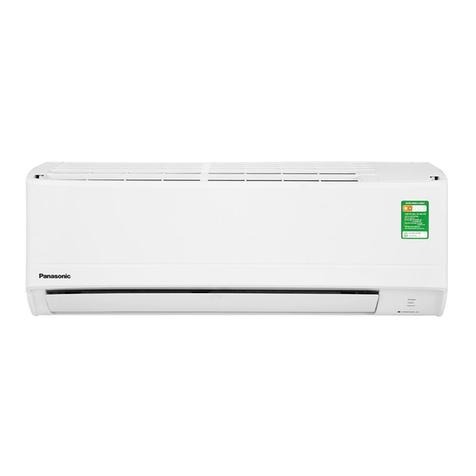
Panasonic
Panasonic CS-N9WKH-8 User manual
Popular Air Conditioner manuals by other brands
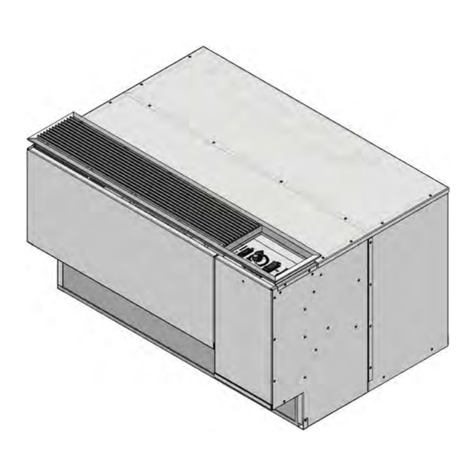
Retro Aire
Retro Aire R30C Installation, operation & maintenance manual

York
York HVHC 07-12DS Installation & owner's manual
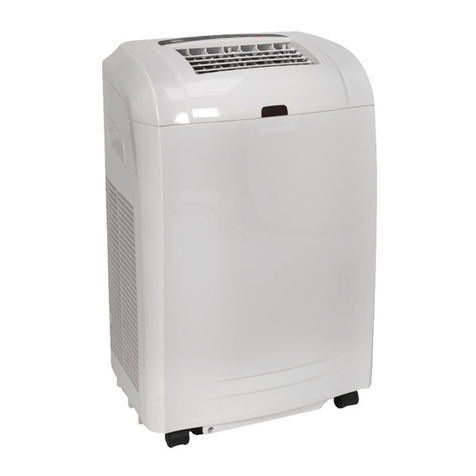
Sealey
Sealey sac9000.V3 instruction manual

Daikin
Daikin FTKS50EV1B Operation manual

Frigidaire
Frigidaire CRA073PU11 use & care
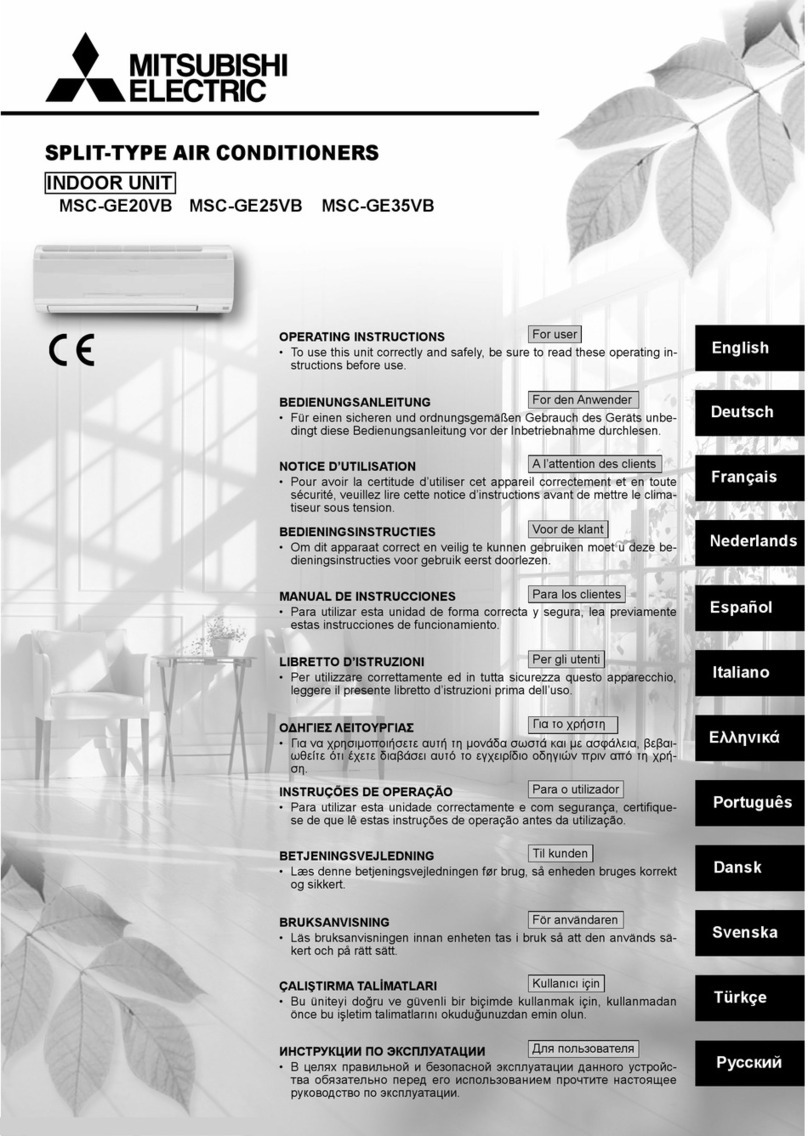
Mitsubishi Electric
Mitsubishi Electric MSC-GE20VB operating instructions

MegaLife
MegaLife NEBULA GREEN R32 Use and Installation Instructions
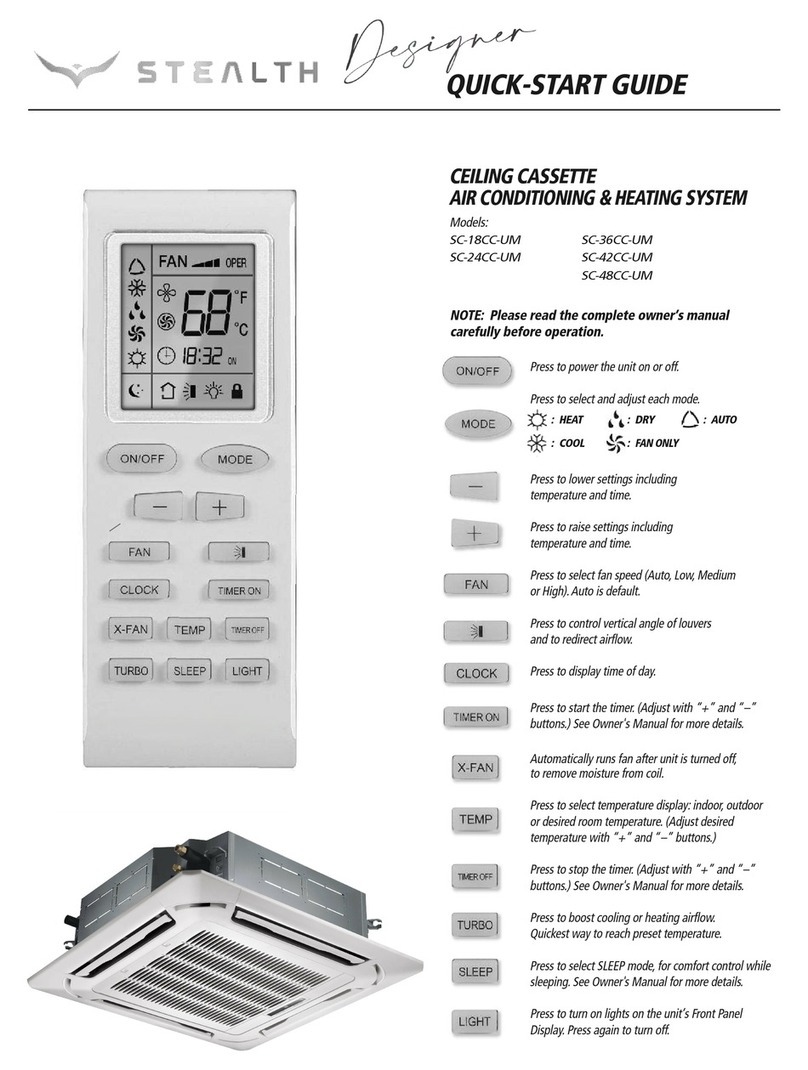
Stealth
Stealth Designer SC-24CC-UM quick start guide
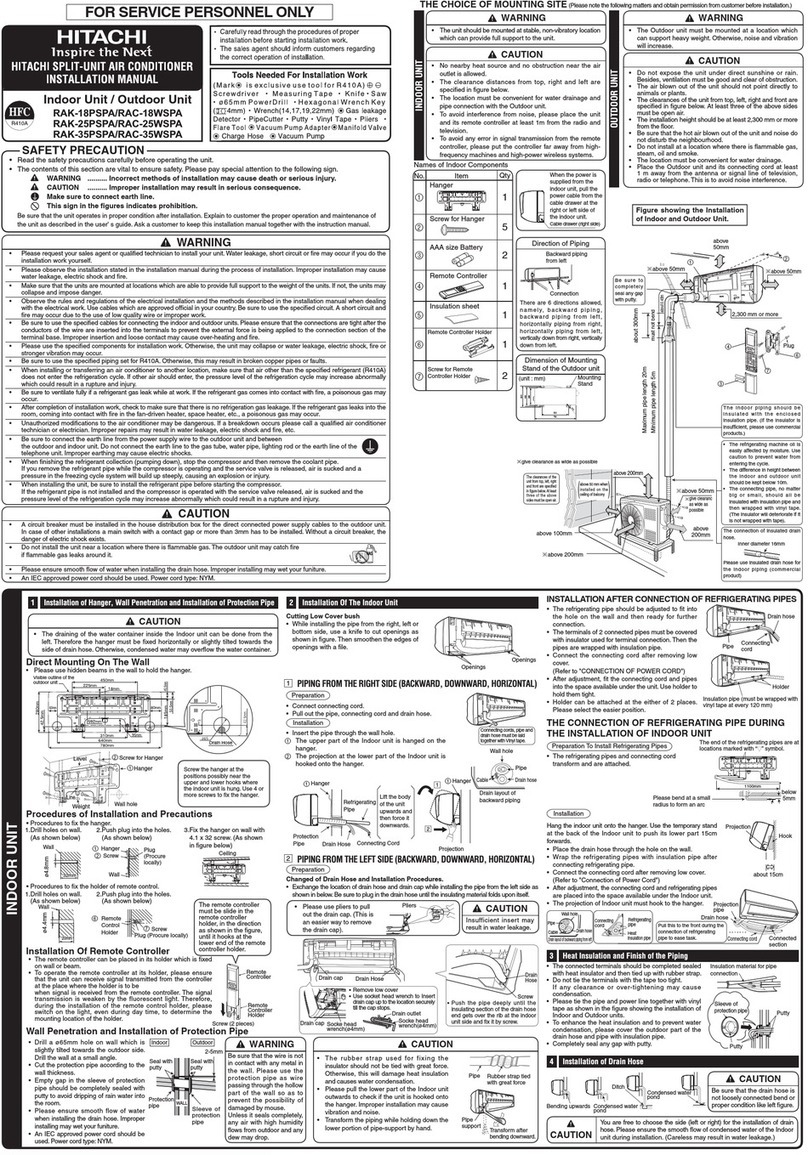
Hitachi
Hitachi RAK-18PSPA installation manual
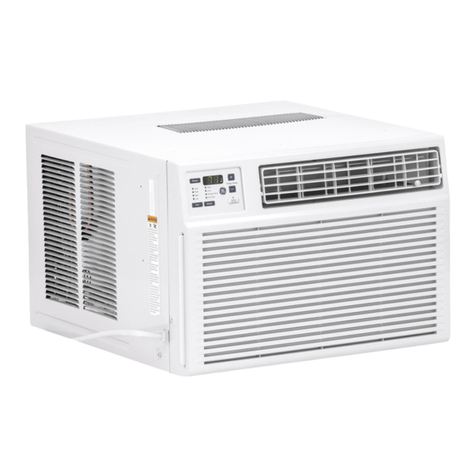
GE
GE AHE18 Series Owner's manual and installation instructions

Frigidaire
Frigidaire LRA257ST216 installation instructions

Tycoon
Tycoon TS2MVI32-09 Service manual
